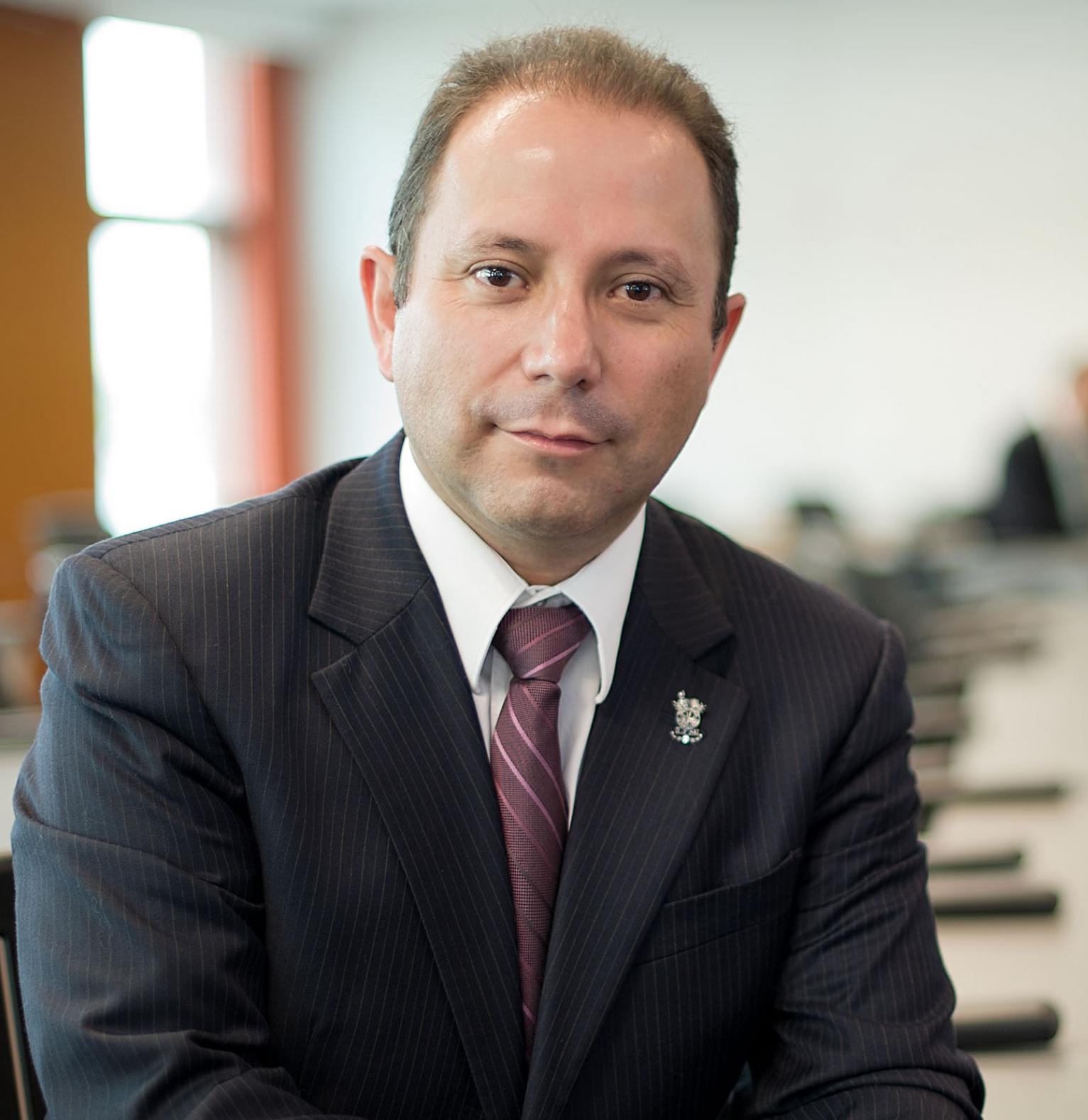Gamification tools or games have been used in the teaching of humanity since time immemorial. Our first experience with the method was perhaps at an early age, so we are usually familiar with it. But can game experiences also be used in higher education to enhance the teaching-learning process? Especially now that we are in what we hope will be the last phases of the COVID 19 pandemic, and spending endless hours in front of a screen carrying out our work duties followed by attending our graduate courses is still fresh in our minds.
EGADE Business School and Tecnológico de Monterrey have always been trailblazers in exploring new and better ways of carrying out the teaching-learning process, in particular through student-centered teaching. For example, we have been pioneers in strategies such as flipped classroom, where the students prepare the topics for a class session in advance and perform some pre-session activities so that the teacher has more time in the regular session to further develop concept comprehension and assimilation. In fact, one of the objectives of graduate courses is to take the topics to the field of action, which enables participants to focus on how to use them in the short or medium term in the process of creating real value for the organizations where they work and for society as a whole.
In this spirit, EGADE Business School’s Educational Innovation, Pedagogical Architecture and Digital Learning team is permanently on the lookout for new learning methodologies to disseminate and facilitate among our professors.
My experience as a professor (Dr. Federico Trigos)
With this in mind, during June this year (2022), we held a working session to co-create an educational gamification experience at the graduate level in business. As educators, we wondered: 'How could a game help me teach one of my course subjects better? Moreover, I am already very busy preparing for my summer classes, with the end of the current trimester, and I still have so much research work to do....’ I remember that when they explained to me what the initiative was about and its potential impact, I thought: 'I'm almost certain that this doesn't apply to my course.' But I remembered that there have been times in my scientific career when I fervently thought a concept was true, only to find a counterexample. So, when I accepted the invitation from the Educational Innovation Department, I told the organizers that I really didn't see how this tool could help me provide a better service for my students given the (quantitative) nature of my subjects, but that I would participate with the chance of being proved wrong. In fact, I was asked to choose a case from my course, and I proposed the Harvard case “Sports Obermeyer,” in which, at the time, I couldn’t see the slightest possibility of using the gamification tool.
The work carried out with the team helped me understand better the theoretical elements of gamification, as well as some examples of game mechanics that could be applied to instruction. One of the most important things I learned is that play does not necessarily replace a teaching activity, but can complement it. And that is where the strategy began to make sense and I enthusiastically started to envision the possibility of applying it.
When I teach through the case method, five stages are developed:
- The students read the case
- Each student individually prepares a document that includes:
- The main elements of the case
- A solution strategy
- Advancement in the case solution
- During the class session, the main elements of the case are discussed until a conclusion is reached on what the problem or area of opportunity to be solved is (which can differ according to the group’s interpretation)
- A solution is built based on the previous point
- A wrap up of the material learned takes place
- Each student is asked to write a one-page document reflecting on the main takeaways achieved
I realized that one of the most complex and time-consuming steps is number 3, so it could be fertile ground for applying gamification elements aiming to identify a main problem of the case. In this way, with the help of colleagues and EGADE Business School’s Educational Innovation, Pedagogical Architecture and Digital Learning team, we managed to design a game experience that took us to space on an imaginary vacation trip (the first ever for humanity) to the dunes of Mars. The experience was designed using a backstory, high-quality video, and aligning the story with the case content and a board game. So now the key question was: Will this gamification tool really help to enhance the case experience and instruction?
After the course, I met three times with the support team to physically develop the materials. The moment of truth arrived in the fourth week of August, when we put the experience into actual practice with the two groups from the Global Operations Management course. At the end of the class, the students were asked to fill out a short survey about their experience with the activity. Also, as part of the course, they are asked to give voluntary feedback on the session and the subsequent delivery of the main takeaways of the case.
And… surprise! The students’ comments on the activity, through the different media discussed, were extremely positive, highlighting elements such as the fact that it raised the energy level of the session, it allowed them to learn in a different and fun way, and the learning objectives were achieved more dynamically, among others.
I now clearly understand that this type of tool can definitely support us in our instruction at specific moments during the teaching process. In fact, now the challenge is to include more activities of this type, as well as other educational tools.
The author is a research professor at EGADE Business School, in the area of Transdisciplinary Business Analytics (Federico Trigos), and the director of educational innovation at EGADE Business School (Eloisa Pérez).
Authors’ note: If you are interested in learning more about teaching support tools, please contact Eloisa Pérez (eloisa.perez@tec.mx).

